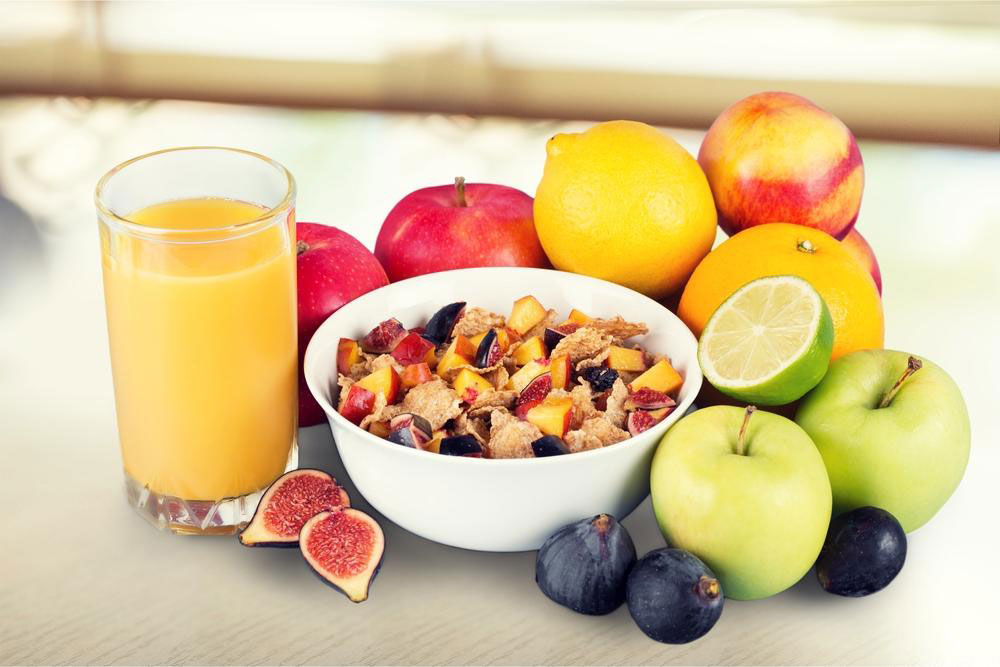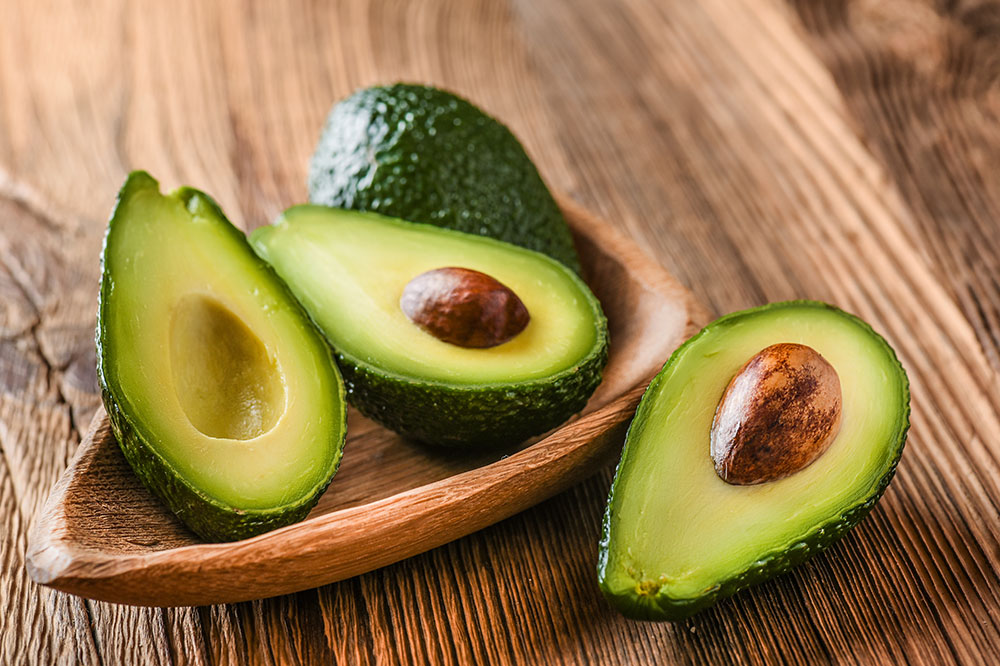Effective Dietary Strategies to Lower Your A1C Levels and Manage Diabetes Better
Learn comprehensive dietary strategies to effectively lower your A1C levels, improve blood sugar control, and promote healthier living. This detailed guide highlights key foods, meal ideas, and tips for managing diabetes through nutrition, ensuring better health outcomes with evidence-based advice.

Effective Dietary Strategies to Lower Your A1C Levels and Manage Diabetes Better
The A1C blood test is a pivotal tool in diagnosing and managing diabetes, offering an average of blood sugar levels over a three-month period. This measurement assesses how much glucose has attached to hemoglobin molecules within red blood cells. Maintaining an optimal A1C level—typically below 6.5%—indicates effective blood sugar control, which is vital for reducing the risk of diabetes-related complications. Elevated A1C levels often signal the need for lifestyle adjustments, including diet, physical activity, medication, or a combination thereof.
While medication plays a significant role in diabetes management, dietary modifications are equally important. Adopting specific nutritional choices can lead to substantial improvements in blood sugar regulation. This article explores the top dietary habits and food choices that can help you lower your A1C levels, promote better health, and improve your quality of life.
Strategic nutrition is fundamental in controlling diabetes. Integrating certain nutrient-rich foods into your daily diet can significantly influence your blood glucose levels. By making informed food choices, you can achieve better control over your A1C and enhance your overall well-being.
Foods That Help Lower A1C and Support Blood Sugar Management
Vegetables
Vegetables are low in calories and high in fiber, vitamins, and minerals. Incorporate a variety of vegetables into your daily meals to support blood sugar control. Leafy greens such as spinach, kale, and Swiss chard are particularly beneficial. Other excellent choices include cauliflower, carrots, broccoli, tomatoes, celery, and asparagus. While starchy vegetables like potatoes, sweet potatoes, corn, and peas can impact blood sugar levels, they can be enjoyed in moderation and reintroduced gradually under medical guidance once your levels stabilize. The fiber in vegetables slows carbohydrate digestion, leading to more stable blood sugar levels.
Fruits
Fruits provide essential nutrients and fiber but contain natural sugars that can affect blood glucose. The key is moderation and selection. Opt for fruits with lower glycemic indices such as berries, citrus fruits (oranges, lemons, grapefruits), guavas, apples, and melons. These fruits can be enjoyed as part of a balanced diet. Incorporate them as snacks or desserts, and pair with proteins or healthy fats to mitigate blood sugar spikes.
In addition to vegetables and fruits, integrating whole grains and proteins is vital for comprehensive blood sugar management. Whole grains such as whole wheat, brown rice, quinoa, barley, and millet are high in fiber and nutrients that help regulate blood glucose levels. Avoid refined carbohydrate products like white bread, white rice, and pastries, which can cause rapid blood sugar increases. Protein sources like lentils, chickpeas, beans, and nuts are beneficial, especially when paired with vegetables and grains, as they promote satiety and stabilize blood sugar. Incorporate healthy fats from sources like extra virgin olive oil, avocados, flaxseeds, and oily fish such as salmon and herring. Regular consumption of low-fat dairy products and moderate portions of fatty fish provide omega-3 fatty acids that support cardiovascular health.
Sample meal ideas include low-fat yogurt with fresh berries, whole wheat toast with mashed avocado, vegetable-packed soups, buckwheat pancakes topped with nuts, or a colorful fruit salad. Always consult your healthcare provider or a registered dietitian to develop a personalized dietary plan that aligns with your health status, medication regimen, and lifestyle preferences.
In conclusion, dietary management is a cornerstone in controlling blood sugar levels and reducing A1C. Incorporating a variety of vegetables, fruits in moderation, whole grains, lean proteins, and healthy fats can make a significant difference. Consistent dietary habits, combined with regular physical activity and medical guidance, can help maintain optimal blood glucose levels and prevent long-term complications associated with diabetes.





